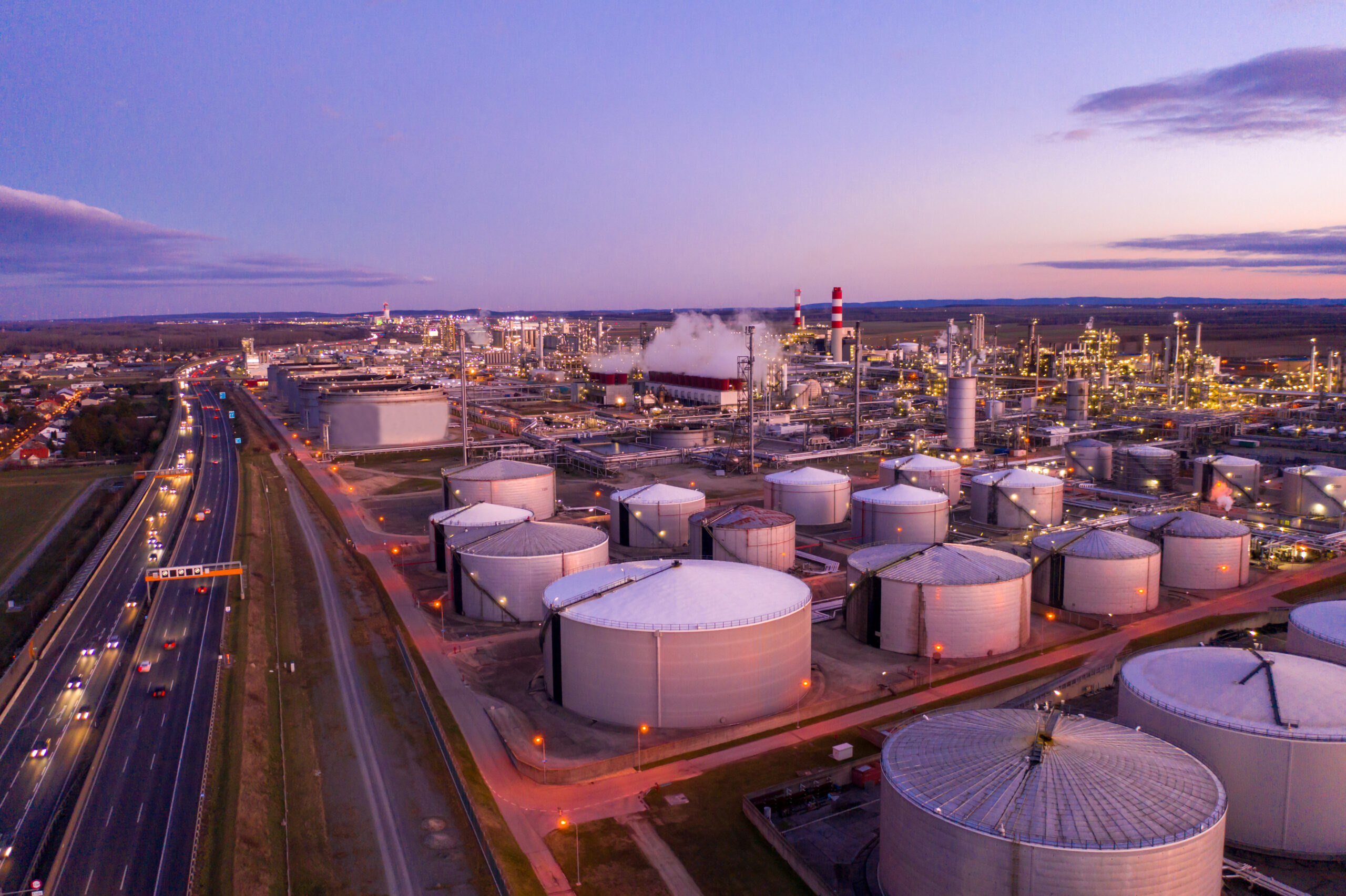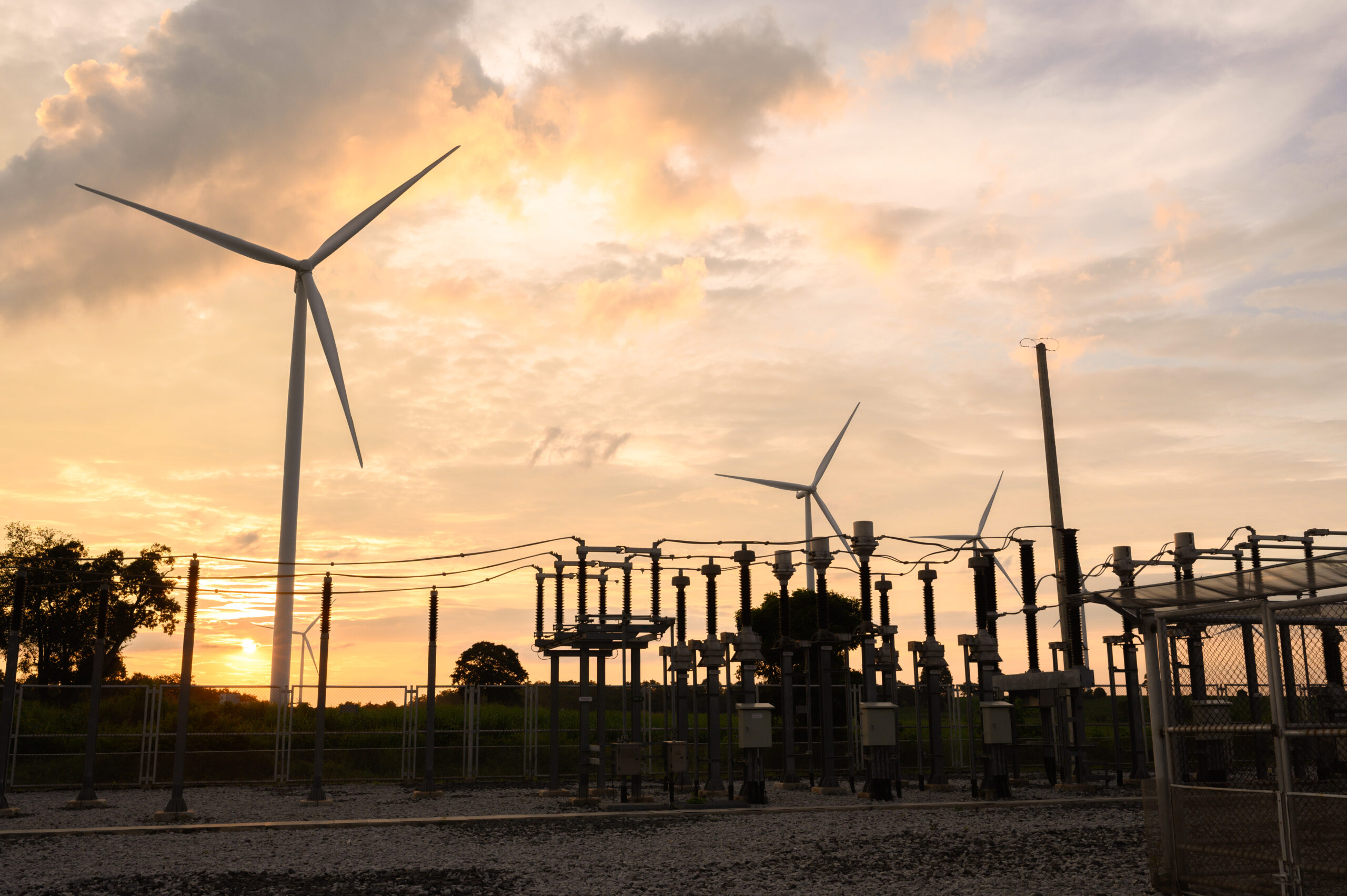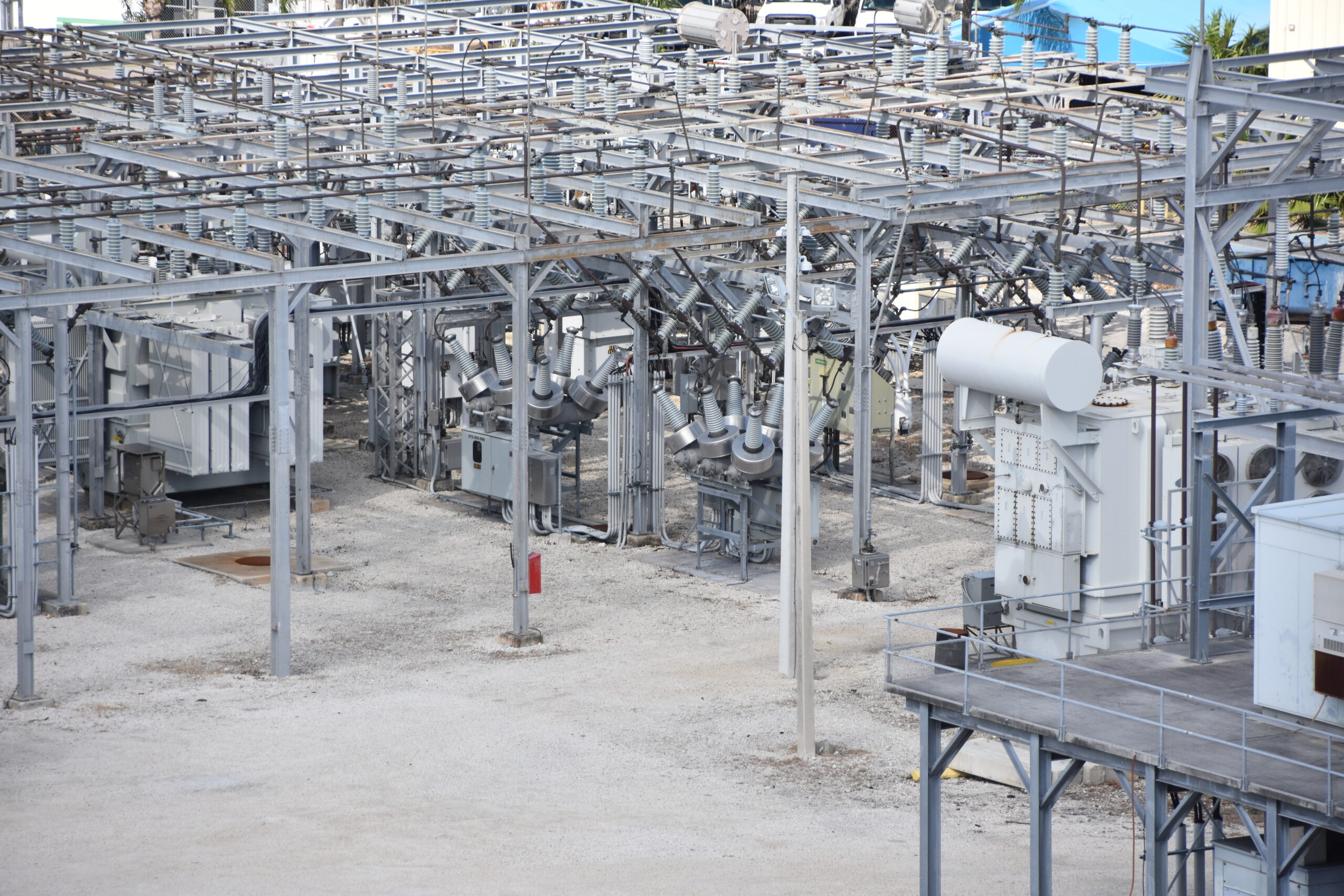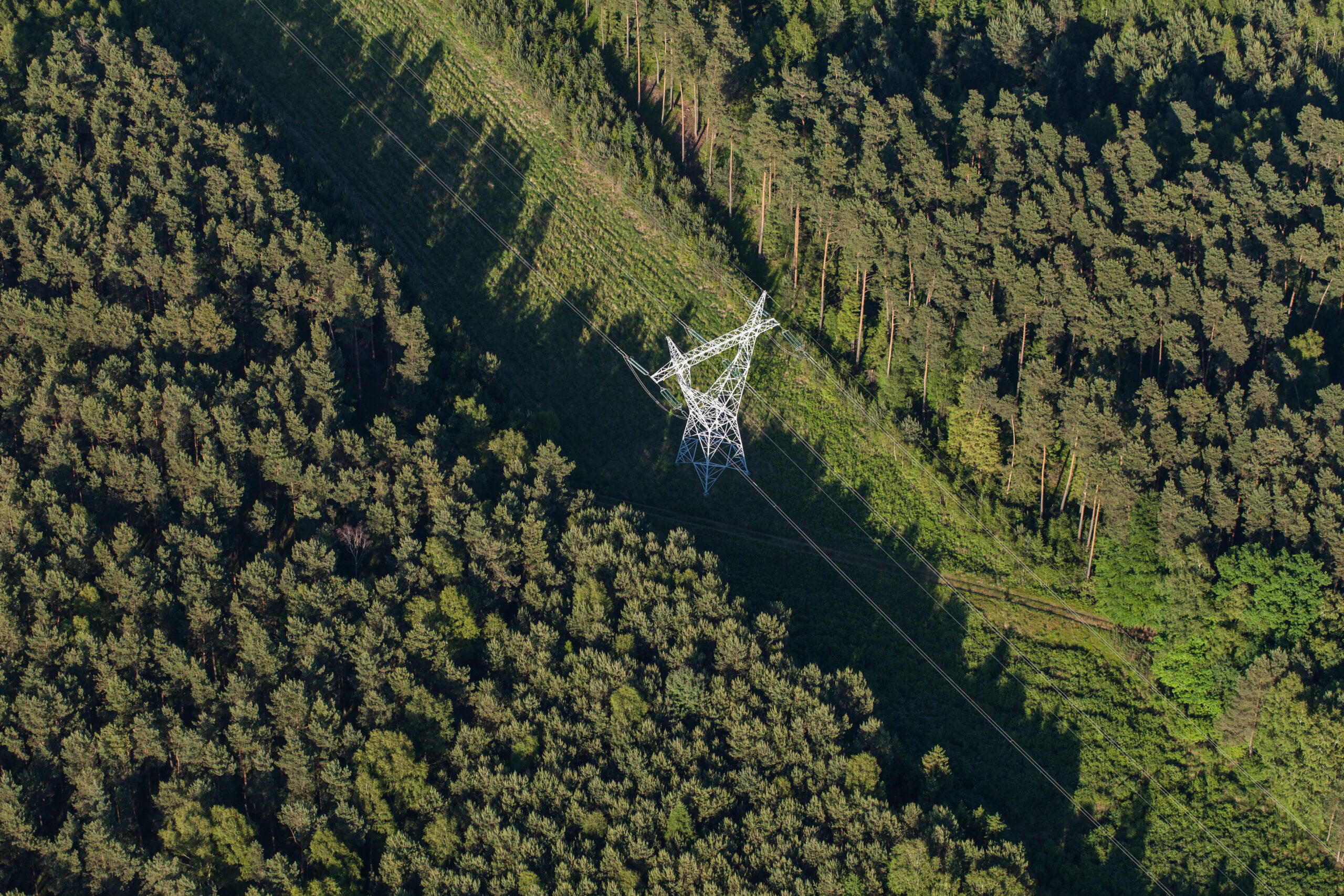Rechercher par

Developing Energy Projects in a Complex Market
juillet 10, 2025Learn how energy project developers can navigate uncertainty and stakeholder expectations with strategic risk management and forward-thinking planning.

Advantages of Real-Time, Ultra-Sensitive Chemical Detection: PTR-TOF-MS and Soft Ionization Mass Spectrometry
juillet 7, 2025Advanced Proton Transfer Reaction Time-of-Flight Mass Spectrometry (PTR-TOF-MS) and Aerosol Ionization Mass Spectrometry (AIMS) technologies are transforming combustion optimization, ambient monitoring, and emissions monitoring.

DERMS Part III: Improving the Implementation Lifecycle
juin 27, 2025Discover practical best practices to overcome common DERMS implementation challenges and ensure long-term utility success.

Reduce Energy Market Risk with the Right Tools, Data and Integration Strategies
juin 27, 2025Explore how global energy market participants can reduce risk and improve forecasting through advanced analytics, integrated data strategies, and real-time insights.

The Transformative Benefits of 3D Facility Mapping for Utilities
juin 26, 2025Discover how modern 3D facility mapping empowers utilities to modernize infrastructure, improve asset management, and enable remote workflows with accurate digital twins, delivering cost savings and operational efficiency.

Reaching Digital Utopia Is Easier Than You Think—How to Build True IT/OT Integration
juin 26, 2025Discover how utilities can overcome common challenges and achieve true IT/OT integration by focusing on vision, alignment, change management, standardization, and scalable strategy.

Q&A: 5 Ways Data Analytics is Powering the Energy Transition
juin 23, 2025Though traditionally late adopters, most utilities today are evaluating, if not implementing, digital technologies.

NERC Compliance Conversation: Smarter Vegetation Management Under FAC-003-5
juin 19, 2025Discover why now is the ideal time for utilities to deploy AMI 2.0, unlocking real-time data, operational efficiency and grid modernization benefits.
0 résultats


